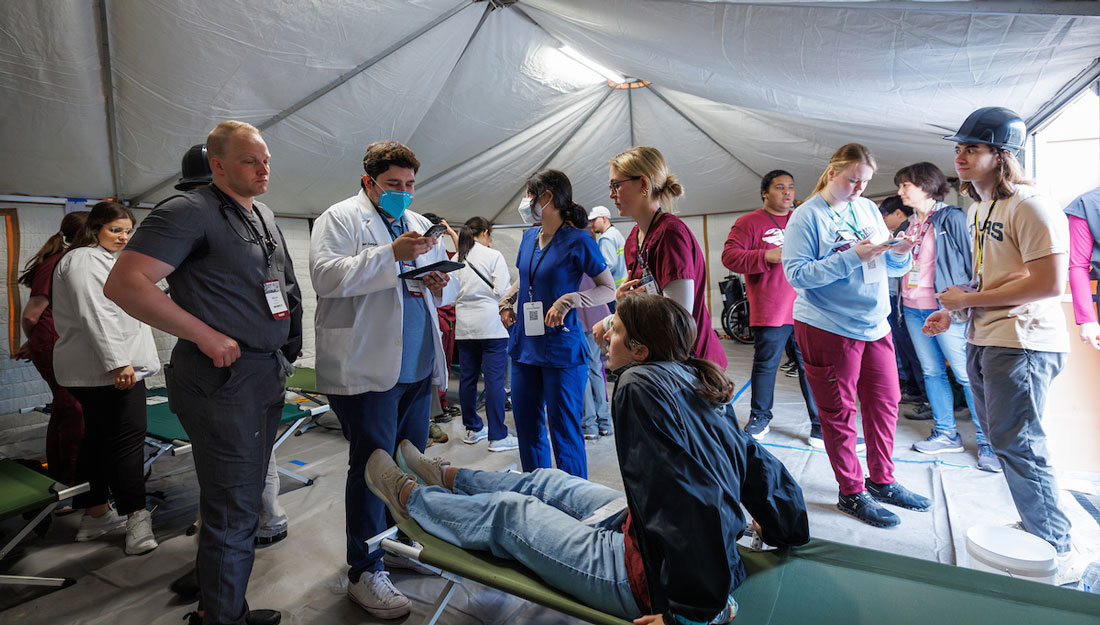When is the best time to get a flu shot?

In a new study published in the journal Vaccine, Annette Regan, PhD, of the Texas A&M School of Public Health, and colleagues from institutions in the United States and Australia examined the effectiveness of the influenza vaccine in Australia during the 2016 Southern Hemisphere influenza season. They were specifically interested in examining the effectiveness of vaccination as the seasonal epidemic progressed.
To accomplish this, the researchers relied on data from three health care surveillance systems in Australia. They found more than 5,000 patients who had influenza-like symptoms. Of these, 1,085 patients were tested for influenza, and 447 tested positive for influenza. The data also included a breakdown of which strain of influenza each patient had, along with patient demographic information and when, if at all, patients had received a vaccination. Patients with influenza-like illness who tested negative for influenza were used as a control group in calculating vaccine effectiveness.
Flu vaccine effectiveness based on timing
Their analysis found that the 2016 influenza vaccine in Australia had an overall effectiveness of 40 percent. Vaccine effectiveness for specific strains ranged from 42 to 67 percent for different influenza A viruses, but the 2016 vaccine was ineffective against influenza B viruses.
Regan and colleagues also found that the vaccine was most effective in patients with a record of vaccination less than three months before symptom onset. Vaccine effectiveness at three months after vaccination was approximately 40 percent, and that effectiveness declined after that, with a 25 percent effectiveness at four months.
Similar flu vaccine effectiveness in European and U.S. studies
“Several other European and U.S. studies have identified similar patterns in declining effectiveness, which may suggest that immunity to influenza wanes within months following vaccination,” Regan said. “This would suggest vaccination as close to the influenza season as possible would offer the best protection.”
However, Regan and her colleagues noted that the reasons for this decrease in effectiveness was unclear. Their findings could have also been due to changes in the types of strains most prominent at different points in the influenza season or various other confounding factors. Thus, further research is needed to determine why this decreasing effectiveness occurred, as it could affect when vaccinations are first offered with respect to influenza season.
The findings from this study show that the influenza vaccine was moderately effective in 2016 and that vaccine effectiveness changed over time. These results point to a need for further research into vaccine effectiveness, especially around the duration of protection of vaccination.
“Because influenza can be a severe disease, this research is important for optimizing the administration of seasonal vaccination campaigns, which cost over $1 billion annually in the United States alone,” Regan said.
Media contact: media@tamu.edu


